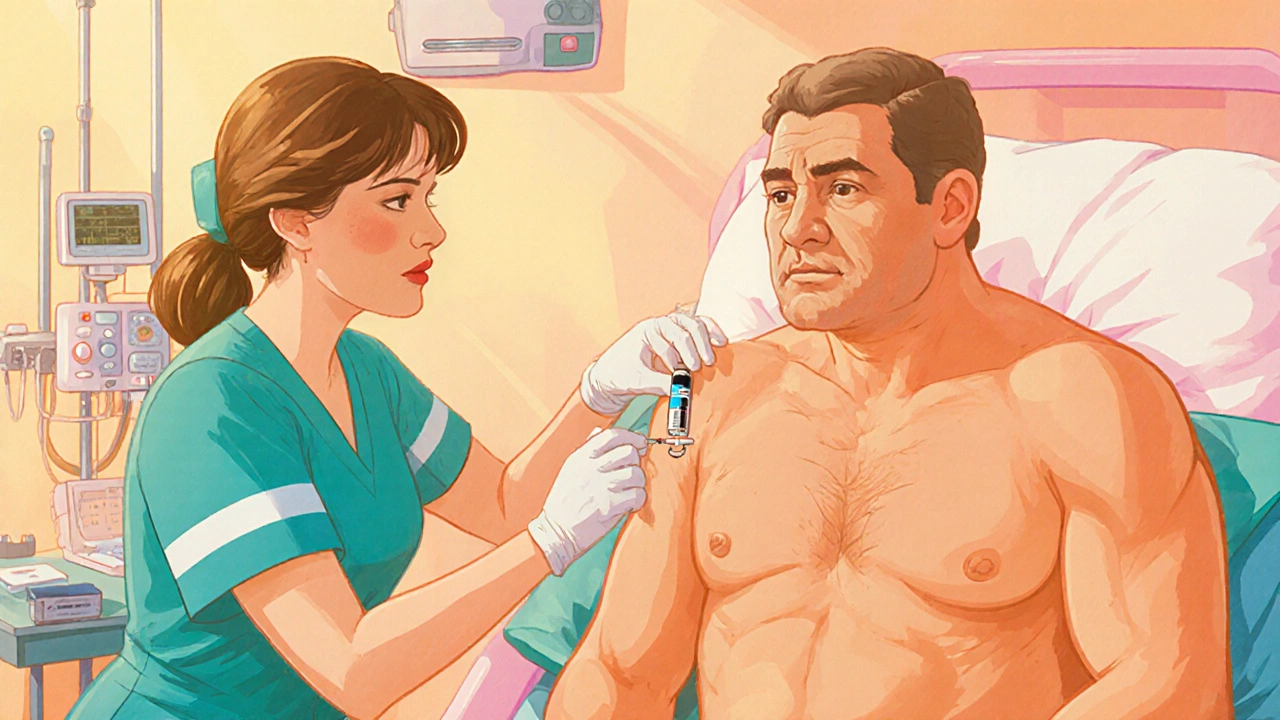Aggression Medication: Managing Impulsive Behavior with the Right Drugs
When dealing with aggression medication, pharmaceuticals prescribed to reduce hostile or violent outbursts. Also known as anger‑control drugs, it targets brain pathways that drive impulsive reactions.
Common classes include antidepressants, SSRIs or SNRIs that balance serotonin and norepinephrine levels. Also called mood‑lifting meds, they often calm irritability linked to aggression., antipsychotics, atypical agents that block dopamine receptors and reduce hostile urges. Known as neuroleptics, they are useful when aggression stems from psychotic symptoms., mood stabilizers, drugs like lithium or valproate that dampen extreme emotional swings. Referred to as affective‑state regulators, they help people who swing from calm to rage quickly., and beta‑blockers, medications such as propranolol that lower physical signs of arousal. Often called cardiovascular anxiolytics, they can blunt the physiological surge that fuels aggression. Together, these groups form a toolkit that clinicians tailor to each patient's underlying cause.
Why does this mix matter? aggression medication isn’t a one‑size‑fits‑all solution; the brain’s chemistry behind anger varies. If a person’s aggression is linked to low serotonin, an SSRI like fluoxetine may be the first choice. When dopamine spikes drive irritation, an atypical antipsychotic such as aripiprazole often steps in. For rapid mood swings, mood stabilizers provide a steadying effect, while beta‑blockers calm the nervous system’s fight‑or‑flight response. The key is matching the drug’s primary attribute—whether it raises serotonin, blocks dopamine, or steadies heart rate—to the specific trigger of aggression. This relationship follows a simple logic: aggression medication → targets → neurochemical imbalance, antidepressants → increase → serotonin, antipsychotics → block → dopamine, and beta‑blockers → reduce → physiological arousal.
In practice, doctors start low, watch side‑effects, and adjust doses. Common concerns include weight gain with some antipsychotics, tremor with beta‑blockers, and occasional sleep changes with antidepressants. Monitoring labs, blood pressure, and mood diaries helps keep the treatment on track. Many patients also pair medication with behavioral strategies—like anger‑management workshops or cognitive‑behavioral therapy—to reinforce the chemical changes with practical coping skills. Below you’ll find a range of articles that dive deeper into each drug class, compare specific brands, discuss safety tips, and show real‑world examples of how the right prescription can turn a volatile situation into a calmer one.

Olanzapine for Managing Agitation and Aggression: Effective Use Guide
Explore how Olanzapine works for acute agitation and aggression, dosing tips, safety considerations, and comparisons with other antipsychotics.